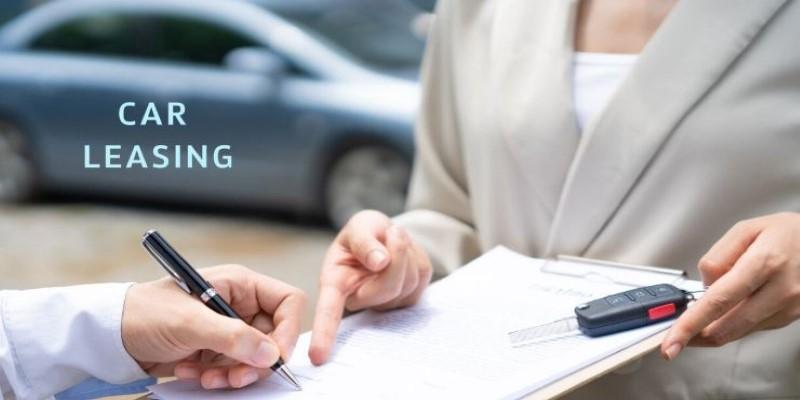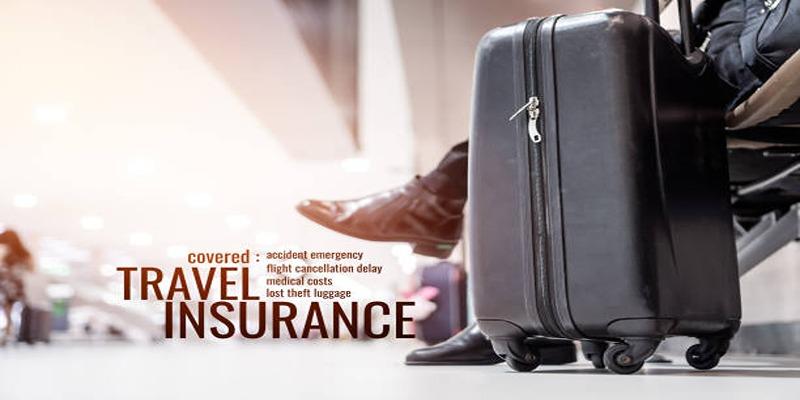Not everyone wants to own a car forever. Maybe you like having the latest model, or maybe you'd rather skip the hassle of long-term maintenance. That's where a car lease comes in. It lets you drive a new car for a few years without buying it.
You pay a monthly fee, follow some basic rules, and hand it back when the term ends. No selling, no trade-in stress. But leasing isn't the right choice for everyone, and understanding how it works can save you from surprises. Let's clear up what a car lease really means—and whether it fits your lifestyle.
What Is a Car Lease?
A car lease is a contract between you and a dealership (or leasing company) that allows you to drive a new vehicle for a fixed period, usually two to four years, without owning it. You agree to make regular monthly payments and follow certain terms—like mileage limits and vehicle maintenance requirements. At the end of the lease, you return the car unless you choose to buy it.
In essence, you're paying for the car’s depreciation during the lease term, not the full value of the vehicle. Depreciation is how much value the car loses over time, especially during the first few years of its life. Since new cars drop in value quickly, leasing focuses on covering that loss rather than building equity like a loan would.
How Does It Work?
When you lease a car, the process starts much like buying one. You choose the make, model, and features you want. Then the dealer calculates the car’s “capitalized cost,” which is the price you're essentially paying for the lease. From there, they calculate how much the vehicle will be worth at lease-end—this is the residual value.

The difference between the capitalized cost and the residual value is what you’re financing. For example, if you lease a $35,000 car and it’s expected to be worth $20,000 in three years, your payments are based on that $15,000 difference.
Other factors influence your lease payment, including:
- Money Factor: This is the leasing version of an interest rate. It's a small decimal figure that affects how much you'll pay in financing charges.
- Down Payment or Drive-Off Costs: Many leases require an upfront payment, which can cover part of the depreciation, taxes, registration, and fees.
- Mileage Allowance: Most leases come with a set limit of miles you can drive each year—typically 10,000 to 15,000. Go over that, and you’ll pay a per-mile fee.
- Wear-and-Tear Policies: Leased cars need to be returned in good condition. Excessive damage or neglected maintenance can result in penalties.
Your monthly payment reflects all these elements. While it may be lower than a loan payment for the same car, you're not working toward ownership.
What Happens at the End of a Lease?
When your lease ends, you have a few options, depending on the terms of your agreement:
Return The Car: The simplest route is to give the car back. The dealer will inspect it for damage and mileage. If everything checks out, you hand over the keys and walk away.
Buy The Car: If you’ve grown attached or think it’s a good deal, you can buy the car at the price set in your lease agreement—usually the residual value. This is often a good option if the car is in excellent condition and below the mileage cap.
Lease Another Vehicle: Many people choose to roll into a new lease. If you enjoy always having a newer car and don’t want to deal with long-term maintenance, this can be appealing.
It’s worth noting that early termination of a lease can be expensive. If your situation changes and you need to get out of the lease before it’s over, you could face steep penalties. Some dealers offer “lease swap” options or transfer programs that let another qualified person take over your lease, but these depend on the provider.
Should You Lease or Buy?
Deciding whether to lease or buy depends on your lifestyle, financial situation, and driving habits. Leasing may make sense if you want to drive a new car every few years, prefer lower monthly payments, and don’t care about owning the car. It’s especially appealing for people who don’t drive far and like to stay under warranty.

However, leasing comes with limits. If you drive long distances, a lease can become costly with overage fees. You’re also locked into a contract, so it’s not as flexible if your needs change. And since you don’t own the car, you won’t have a trade-in or resale value later on.
Buying—either with cash or a loan—gives you full ownership. You can modify the vehicle, drive as much as you want, and eventually have an asset with resale value. Monthly payments are typically higher than lease payments, but once the loan is paid off, you’re done. No more payments, and the car is yours.
One isn't better than the other; they're just different financial paths. Leasing is more like a subscription; buying is a long-term commitment.
Conclusion
Leasing a car gives you access to a new vehicle without the long-term strings of ownership. You’re paying to use it for a few years, staying within certain boundaries, and then giving it back or buying it if you choose. It’s a good fit for people who like new cars, predictable costs, and short-term flexibility. But it’s not ideal for everyone—especially those who rack up miles or prefer to keep a vehicle long-term. Whether leasing works for you comes down to how you drive, what you can afford, and what kind of relationship you want with your car. Think it through before signing, and the decision can be a smart one.












